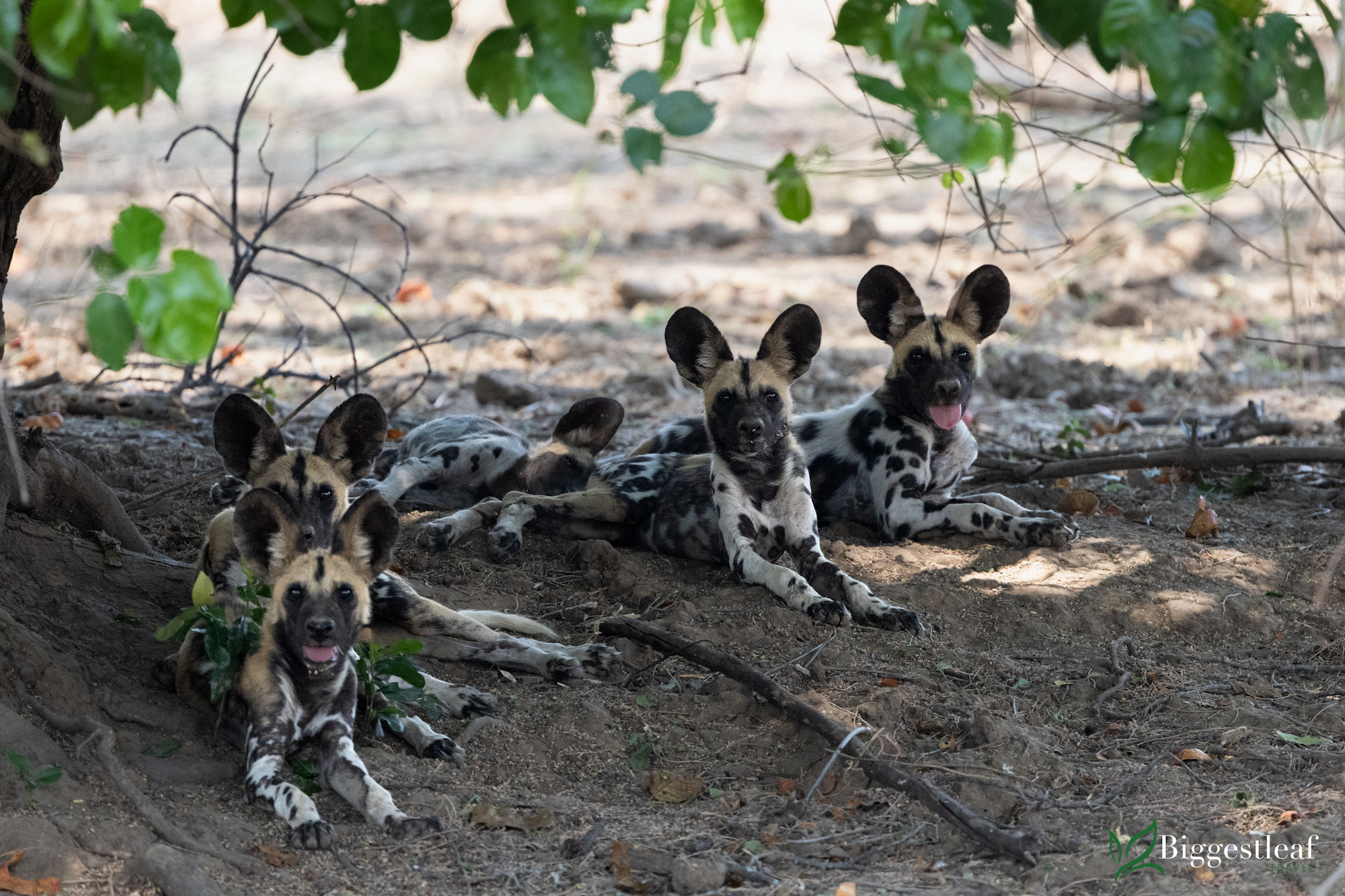NORTH LUANGWA NATIONAL PARK

This remote tract of land, covering 4 636km² / 2 880mi², offers one of the finest wilderness experiences in Zambia, if not Africa itself. In addition to strong populations of buffalo, predators (including wild dog) and elephant, there is a stable herd of black rhino, making this a true Big Five destination.
The beauty of visiting this park is the truly remarkable opportunities to experience Africa as it was. It is wild and untouched and you are simply an unobtrusive witness to its natural beauty and drama. Although declared a wilderness area, it was not open to anyone other than Game Department rangers for more than 30 years. In 1984, John and Lorna Harvey sought permission to conduct walking safaris in the area and for many years were the only operators in this remote wilderness.
In 1989, two scientists, Mark and Delia Owens, famous for their book, Cry of the Kalahari, were granted permission to set up a research station. Through their influence and as a means of helping to curb poaching in the area, the authorities allowed entry to a few more safari operators who bring limited numbers into the park for guided walking safaris and game drives (no self-driving or private camping is permitted). Their efforts in North Luangwa are documented in their book, Survivors Song: The Eye of the Elephant.
There are very few roads and you are unlikely to see anyone else for the duration of your trip. Like the South Park, it lies on the western bank of the Luangwa River bordered on the other side by the dramatic Muchinga Escarpment which rises over 1 000m / 3 280ft from the valley floor. Its hazy outline can clearly be seen from the Luangwa River.
There are a number of tributaries running through the park and into the Luangwa that play an important ecological role in the area. The crystal-clear Mwaleshi River trickles down the escarpment in a series of small waterfalls. It recedes in the dry season, leaving many pools along the way, drawing the animals from the bush to its banks in search of water. No game drives are permitted in the Mwaleshi area and access is by organised walking safaris only.
The vegetation ranges from mopane woodland to riverine forest; open grasslands and acacia thicket. Trees include the beautiful sausage tree, vegetable ivory palms, red mahogany and leadwood.
MORE INFORMATION
FEATURED LISTINGS
LATEST NEWS
USD143m Funding for Zambezi Basin
The Zambezi Basin, which encompasses almost the whole country except for the northern half of the northern region, has received a major funding boost from Climate Investment Funds (CIF), which is co-ordinated by the African Development Bank and World Bank. [...]
Top Accommodation in Kafue as Demand Surges
Kafue – Africa’s second largest national park at 22 400km² / 13 900mi² - is reaping the benefits of the co-management agreement between the Zambian government and African Parks. Set up in 2022 to protect biodiversity, strengthen community development and increase revenue [...]
Will the Barotse Plains get World Heritage Site Status?
The Zambian government has formally submitted the Barotse Plains Cultural Landscape to UNESCO for consideration as a World Heritage Site, consolidating work done by the National Heritage Conservation Commission, Barotse Royal Establishment and Ministry of Tourism. A decision is expected [...]





